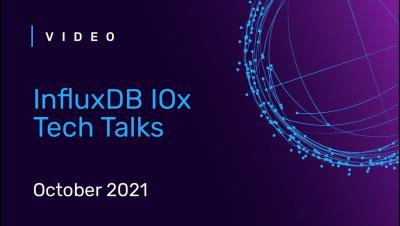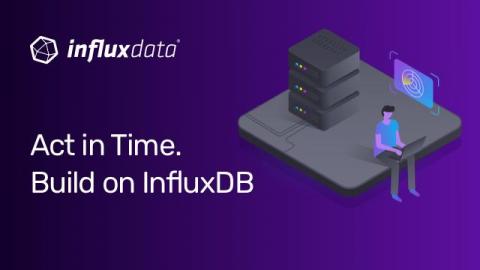Operations | Monitoring | ITSM | DevOps | Cloud
Analytics
Manage Apache Kafka Connect connectors with kcctl
TL;DR InfluxDB Tech Tips - Creating a Telegraf Configuration with the InfluxDB UI
The InfluxDB UI offers a wide variety of features for time series analysis, data lifecycle management, and time series visualization. The InfluxDB UI also shines when it comes to onboarding new users, whether they’re an InfluxDB OSS or free tier InfluxDB Cloud user. The InfluxDB UI allows you to easily leverage Telegraf, a plugin-driven collection agent for collecting, processing, and writing metrics and events.
InfluxDB IOx Tech Talks - Query Processing in InfluxDB IOx
Time series databases - For the heat of modern data
How Time Series Databases Work-and Where They Don't
In my previous post, we explored why Honeycomb is implemented as a distributed column store. Just as interesting to consider, though, is why Honeycomb is not implemented in other ways. So in this post, we’re going to dive into the topic of time series databases (TSDBs) and why Honeycomb couldn’t be limited to a TSDB implementation. If you’ve used a traditional metrics dashboard, you’ve used a time series database.
How to Pivot Your Data in Flux: Working with Columnar Data
Relational databases are by far the most common type of database, and as software developers it’s safe to say that they are the kind of database most of us got started on, and probably still use on a regular basis. And one thing that they all have in common is the way they structure data. InfluxDB, however, structures data a little bit differently.
Staying sane in open source
5 reasons why you should be using MirrorMaker 2.0 for data replication
Elastic Enterprise Search: Next-gen search experiences backed by ML
At ElasticON Global 2021, we shared a future view of Elastic Enterprise Search and how we’re continuing to build next-generation, machine learning-powered search experiences backed by the speed, scale, and relevance of Elasticsearch. We also highlighted the many ways we plan to keep building even more flexibility into our solutions.











